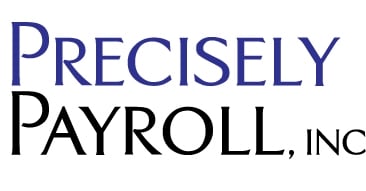What is payroll processing?
What are the steps involved in payroll processing?
What are the benefits of payroll processing?
What are the challenges of payroll processing?
Payroll processing is a key function of any organization, yet it is often accompanied by numerous challenges. One of the major obstacles in payroll processing is staying compliant with ever-changing regulations and tax laws. This requires staying up-to-date with the latest legal changes and ensuring that they are implemented correctly. Another challenge is managing different pay rates and deductions for multiple employees, which can become complex and time-consuming, especially for larger organizations. A lack of standardized processes and the use of outdated software systems pose additional barriers, leading to errors and inconsistencies in payroll processing. Overcoming these challenges can be a daunting task, but with a robust payroll management system and a trained team, they can be resolved efficiently.

